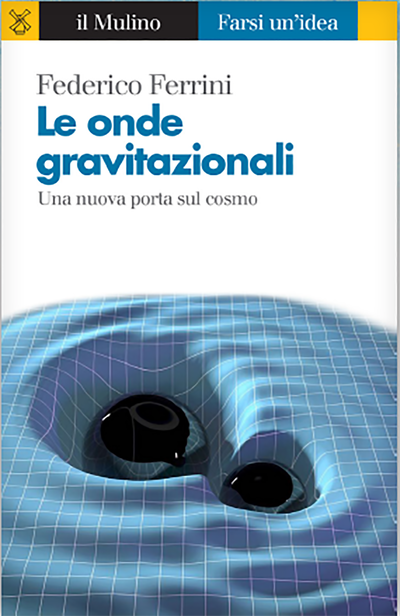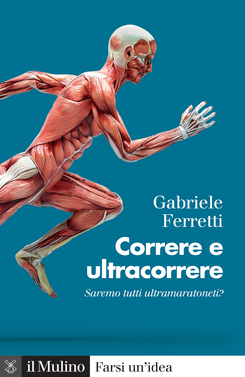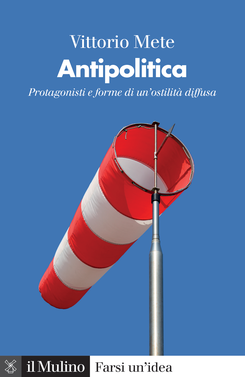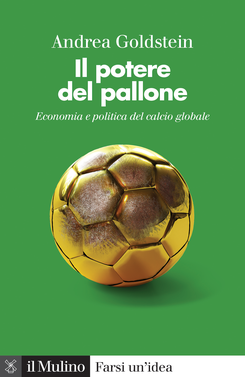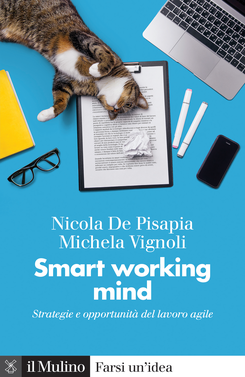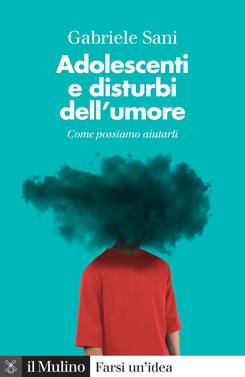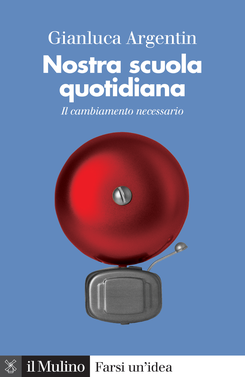Gravitational Waves
A New Window onto the Cosmos
Einstein predicted it: on 14 September 2015 a wave, originating from the merger of two black holes occurring 1.3 billion light years away, was detected as it passed though the Earth. This extraordinary astronomical event helped extend scientists’ understanding of the universe beyond what electromagnetic waves reveal. Subsequently another wave, generated by the collision of two neutron stars, allowed scientists to explore the formation of heavy metals, such as gold and lead, and to probe the structure of nuclear matter. Gravitational waves are a new way of observing the universe that might one day unveil the mystery of the Big Bang.
Federico Ferrini teaches Astrophysics at the University of Pisa and is a former director of the European Gravitational Observatory, an international research infrastructure that operates VIRGO, one of the three major interferometers built in order to detect gravitational waves. He currently heads the Cherenkov Telescope Array Observatory.
Indice
Premessa. Il viaggiatore senza limiti - Capitolo 1: Una nuova porta sul cosmo - Capitolo 2: Einstein e la magia delle onde gravitazionali - Capitolo 3: Le idee sperimentali - Capitolo 4: Obiettivi scientifici e alta tecnologia - Capitolo 5: L'astronomia del futuro - Capitolo 6: La collaborazione globale: una storia esemplare - Capitolo 7: La prossima generazione di interferometri - Capitolo 8: Toglieremo i veli al Big Bang? - Capitolo 9: Ma a che cosa serve tutto ciò? - Per saperne di più
